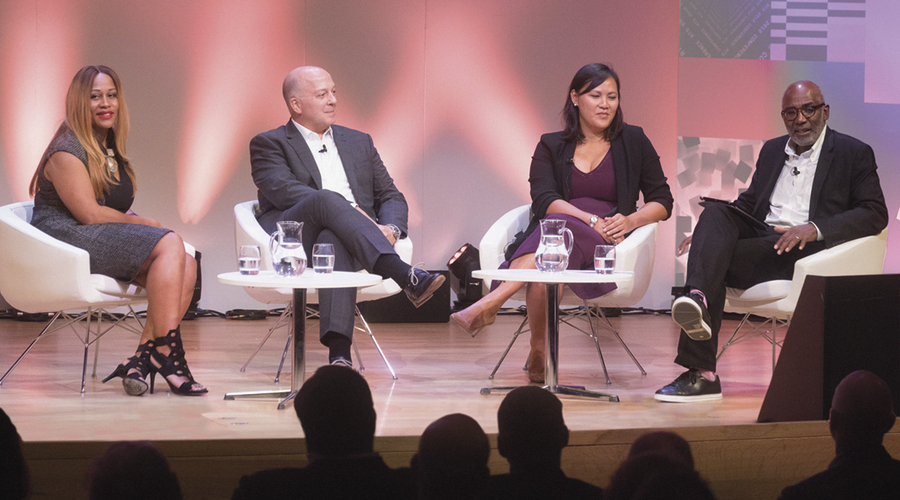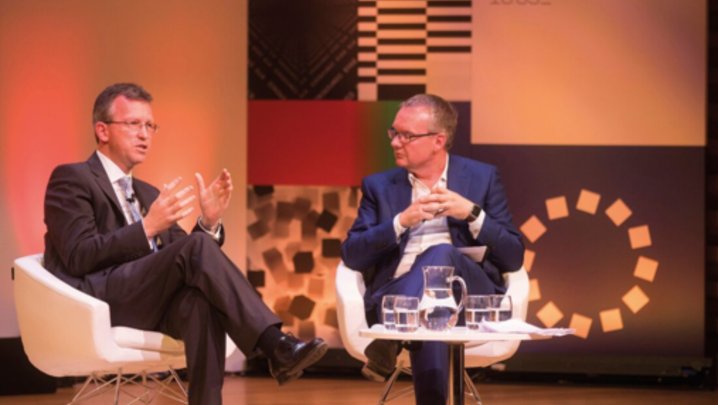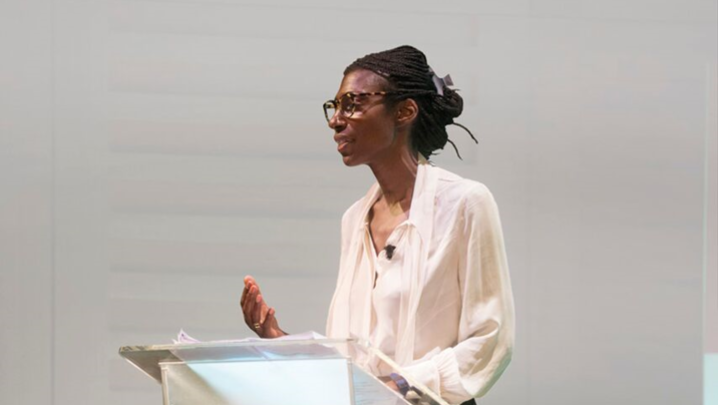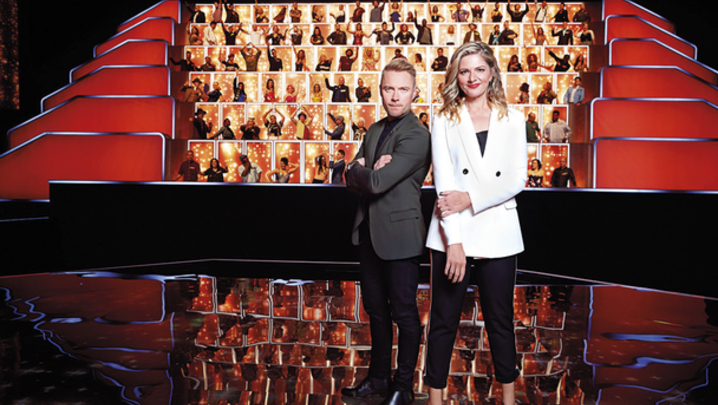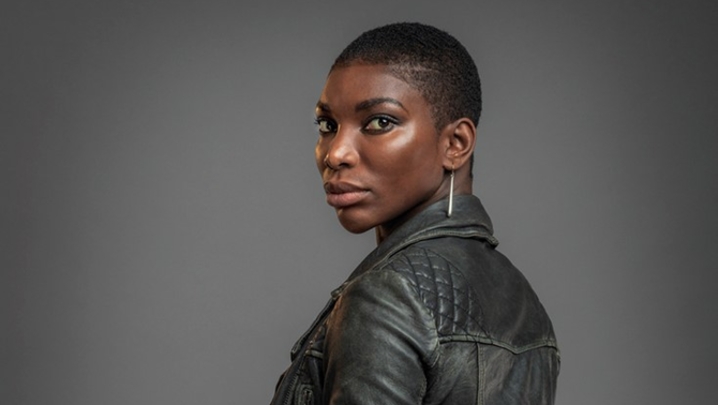Matthew Bell observes as leaders from outside broadcasting suggest ways that TV can learn from other sectors
Television picked the brains of business leaders from advertising, banking and consultancy in this session, learning how they have boosted diversity and inclusion in their industries.
Introducing “Diversity and inclusion: lessons from outside TV”, session chair Trevor Phillips argued that there were areas of agreement on diversity, notably that it is “good for business, as well as good for the soul”.
In television, specifically, “there’s a relationship between what goes on behind the screen and what goes on it, and who sits on the other side of it,” added the former Chair of the Equality and Human Rights Commission. He is also a winner of three RTS Television Journalism Awards and a former head of current affairs at LWT.
Born in the US, Mark McLane moved to the UK to become head of global diversity and inclusion at Barclays seven years ago. “Within your industry, you have a great opportunity to show role models where role models don’t exist today,” he argued. “Growing up, not seeing gay men on TV had an impact – it meant you weren’t welcome.”
McLane, who has frequently appeared on the LGBT Pride Power List, said that organisations faced a simple choice:
“We either continue to mirror the societal barriers that push people away or we start to break those down and invite people in.”
He urged employers to do more than simply collect data: “It’s great that you have data – and you have to be data driven – but you also have to stop gazing at the data, and figure out what it means and do something with it.”
“Much like the television industry, we have a huge responsibility in advertising because we create cultural norms,” argued Karen Blackett, UK country manager at global communications giant WPP.
She agreed with McLane on the importance of “visible role models”, but added that it was “sponsorship” that had been of most benefit in her career.
“There were networks that I was not part of and couldn’t penetrate, where conversations were happening about future roles and promotions that I was not able to access,” she explained. “I needed somebody who recognised my talent and could talk on my behalf in those networks that I wasn’t part of.”
Boston Consulting Group (BCG) partner Anne Nguyen argued that solutions had to be tailored to the needs of individual organisations.
She revealed that a BCG study last year had found that, while many organisations were “spending gobsmacking amounts of money on diversity, we very quickly realised that they were putting their ‘diversity dollars’ in the wrong place.
“You really need to figure out what works for you as an organisation, where your organisation is on that journey and where you should be investing.”
Nguyen noted that recent BCG research showed that, in the UK in particular, employees favour “clear anti-discrimination statements and policies. They value blind screening for recruitment and in promotion.”
Sponsorship, flexible working and the necessity of senior managers making a public commitment to diversity were also important parts of any diversity and inclusion policy, she said.
McLane added an extra item to her list: talk to your employees in the workplace and take their advice. “Just because we don’t see the barrier, doesn’t mean it doesn’t exist,” he said.
Offered a notional £1m by Trevor Phillips to spend on diversity initiatives, Blackett opted to spend the money on a “cultural inclusion programme” to “ensure that existing leaders really understand what it takes to build an inclusive culture”.
She also advocated a programme to remove barriers to promotion. “Sometimes, when you don’t get talent rising to the top, it’s because there is something that is holding them down. You need to have movement in any organisation to allow creativity and talent to rise,” she explained. “I’d also use part of that money to reward behaviour change.”
Phillips suggested that colleagues could be complicit in the harassment of young, junior employees, particularly women, in television. “How do you deal with the problem of complicity?,” he asked.
“I suspect that there is much more [harassment] than we think in our industry, partly because we have such high-value talent that we don’t want to interfere with.”
A company had to be built on respect, said Blackett. The message that certain types of behaviour were not allowed “absolutely has to come from the top” of an organisation. “Our new WPP global CEO has talked a lot to all staff about how we should be a company that is formed on respect and actually call things out.”
Practically, this could include an organisation providing a hotline to report harassment or a certain person who could be approached in confidence.“It is about ensuring that the environment in which people can call things out is safe,” she added,
“You have to send out that message,” said McLane. “I’m looking out at an audience of senior leaders, who [need] to speak up and say, ‘For my own personal integrity, [harassment] is not right.’ Silence is acceptance.”
“The more that we encourage people to speak about [harassment] openly [the better],” added Nguyen. “It’s not until you start to have the conversations together that you start to realise that [certain behaviour] is not OK.
“Building that culture, where you can have open conversations, is really important.”
Diamond is the online system used by the BBC, ITV, Channel 4, Channel 5 and Sky to obtain consistent diversity data on the programmes they commission.
‘It’s the world’s first, and only, online data collection and monitoring system for diversity,’ Deborah Williams told the RTS conference. Williams is executive director of the Creative Diversity Network, which runs Diamond.
The initiative has been collecting data since August 2016. ‘It continuously gathers data on people across the entire supply chain of UK broadcasting, on screen and off screen, who have been commissioned by one of the Diamond broadcasters for programmes that are first transmitted in the UK,’ she explained.
Diamond also measures how an audience ‘perceives’ the diversity of characters and contributors on screen. Data is captured across six characteristics: gender, gender identity, age, ethnicity, sexual orientation and disability.
At the RTS London Conference, Williams announced the launch of a new campaign to address the low numbers of disabled people in television. ‘Doubling disability’ is supported by the five Diamond broadcasters, which have pledged to double the percentage of disabled people working in off-screen production and creative talent roles within two years.
‘I think that’s absolutely doable,’
she said.
The initiative is also backed by ITN, the producers’ body, Pact, and the Department for Work and Pensions.
Diamond broadcasters in the UK (September 2018)
| Protected characteristic | Individuals | On-screen contributions | Off-screen contributions |
| Gender | Female | 48.1% | 54.6% |
| Gender identity | Transgender | 0.8% | 0.0% |
| Age | 50+ | 24.2% | 20.4% |
| Ethnic origin | BAME | 21.5% | 10.1% |
| Sexual orientation | LGBT | 13.2% | 11.7% |
| Disability | Disabled | 6.5% | 5.5% |
Source: Diamond
Session Three, ‘Diversity and inclusion: lessons from outside TV’, was chaired by the writer, broadcaster and diversity campaigner Trevor Phillips. The panellists were: Karen Blackett, UK country manager, WPP; Mark McLane, head of global diversity and inclusion, Barclays; and Anne Nguyen, partner and MD, London, Boston Consulting Group. Deborah Williams, executive director, Creative Diversity Network, gave a presentation. The producers were Dan Brooke and Sue Robertson.

